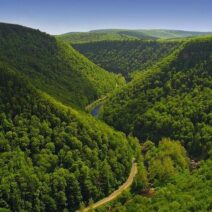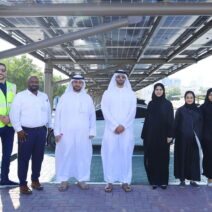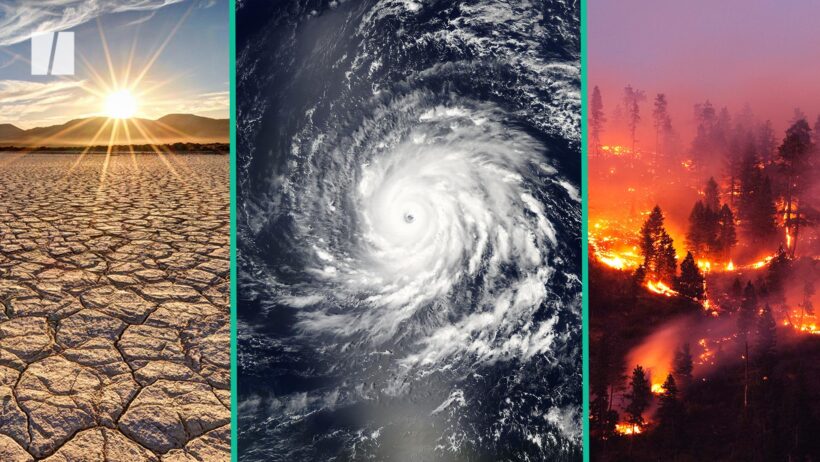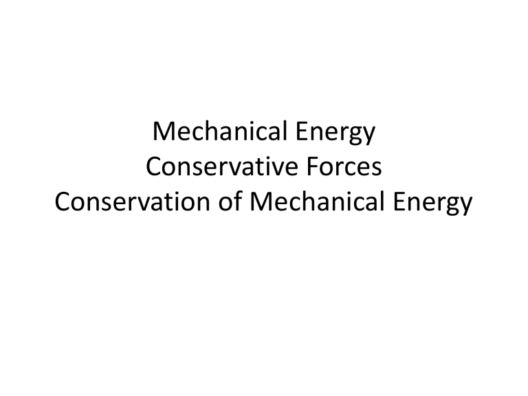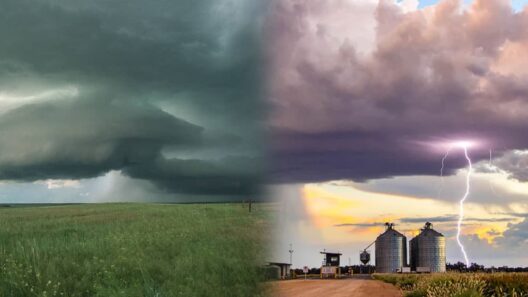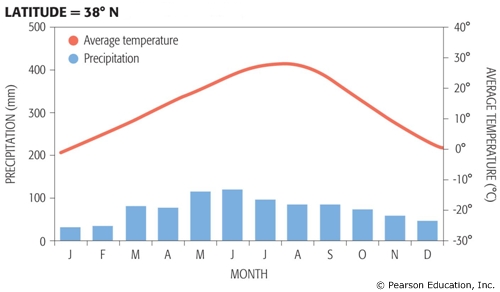Climate change is an omnipresent element in contemporary discussions regarding environmental concerns. The intricate dance between human activity and Earth’s climatic systems prompts a pivotal question: Does climate change merely amplify natural disasters, or does it forge new pathways for these catastrophic phenomena? As we delve into this narrative, it becomes clear that the implications extend beyond mere weather patterns; they profoundly affect ecological balance, human infrastructure, and societal structures.
To understand the relationship between climate change and natural disasters, one must acknowledge that natural disasters itself is an all-encompassing term. It encompasses hurricanes, floods, droughts, and even seismic events, each with its unique characteristics and causative factors. At first glance, it might be tempting to view extreme weather—such as intensified hurricanes or record-breaking heatwaves—as the sole manifestations of climate change. However, such a superficial analysis neglects the broader and more insidious implications of a changing climate.
While it is correct to assert that climate change exacerbates weather-related natural disasters, this assertion simplifies an exceptionally complex issue. For instance, consider the intricate interplay between rising global temperatures and the behavior of tectonic plates. Seismology is no longer a field isolated from climate science. The melting of glaciers, driven by anthropogenic climate change, can significantly influence tectonic activity. The reduction in load on the Earth’s crust may lead to an increase in seismic activities, thereby challenging traditional notions of earthquake causation.
In contemplating climate change’s influence on natural disasters, we must also consider hydrological cycles. A shift in temperature alters precipitation patterns, potentially leading to severe droughts in some regions while engendering unprecedented flooding in others. The disparity of experiences across different geographical locations raises a playful question: How can the same phenomenon, fueled by climate change, lead to both droughts and floods? The answer lies in localized climate variability and an interplay of factors that shape regions differently. Thus, regions ill-prepared for sudden deluges may face calamity, resulting in infrastructure collapse and economic strife.
Natural disasters do not occur in vacuum; they interact with human conditions and societal structures. The emergence of ‘disaster capitalism’—a concept referring to the exploitation of a crisis for economic gain—serves as a disturbing illustration of this interaction. When hurricanes strike vulnerable communities, recovery efforts frequently pave the way for profit-driven enterprises to seize control of land and resources. Climate change, therefore, creates a dual crisis: not only are individuals contending with the immediate aftermath of natural disasters, but they also face long-term societal changes predicated on exploitation. This raises another critical question: To what extent do we hold policymakers accountable for failing to integrate climate resilience into urban planning?
The environmental and economic ramifications of this discourse become even more alarming when we consider the implications for food security. Climate change’s influence on agriculture is multifaceted. Crops require specific climatic conditions to thrive. Altered precipitation, coupled with shifts in temperature, can lead to diminished yields—impacting food supply chains and pricing. As communities grapple with the specter of famine, the ensuing strife can manifest as social unrest or mass migrations. This phenomenon leads to a vicious cycle where the necessity of human relocation exacerbates existing tensions within host regions. Do we, as a global society, grasp the full spectrum of climate-induced migrations? Or are we simply caught in the whirlwind of immediate crises without foresight?
Furthermore, the narrative takes a critical turn when discussing the mitigation of such disasters. Emissions reduction and enhancing community resilience represent vital pathways forward. However, these solutions can often be overshadowed by a culture that prioritizes short-term gains over long-lasting impact. For instance, investing in robust infrastructure designed to withstand flooding may seem prohibitively expensive at first glance. Yet, failing to invest in these necessary adaptations can lead to catastrophic losses that far outweigh initial expenditures. Are we, in our daily lives and policymaking, grappling with the long-term costs of neglecting climate-induced disaster preparedness?
The question of whether climate change causes natural disasters spirals into a broader philosophical inquiry about human stewardship over our environment. The landscape we inhabit is not merely a resource to be exploited; it is an intricate tapestry of interconnections. Recognizing the ways in which our actions amplify or mitigate impending disasters requires a paradigm shift in the public consciousness. We must weave environmental education into our societal fabric, equipping future generations with the knowledge and tools necessary for navigating an uncertain climatic landscape.
In conclusion, as we probe into the nexus between climate change and natural disasters, it becomes evident that the situation warrants a multifaceted, expansive approach. The implications of climate change reach far beyond the realm of weather extremes. They intrude into sociopolitical realms, challenge economic paradigms, and deeply affect our psychological landscapes. As we ponder the forthcoming ramifications of our choices, the question must evolve into not just whether climate change causes natural disasters, but rather how we will adapt, evolve, and ultimately redefine our role within the natural world. The time to act is now, and our responses today will undoubtedly shape the narratives of tomorrow.
